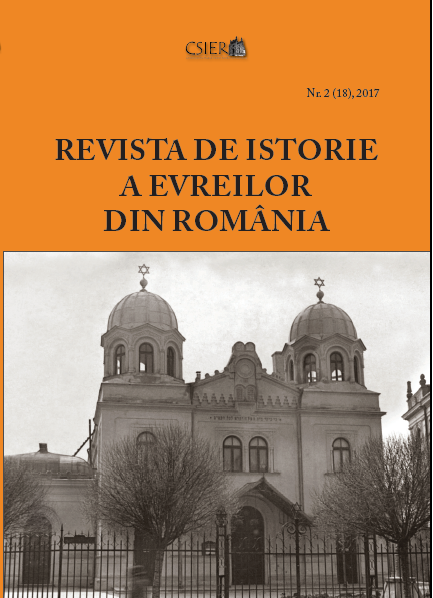Mitteleuropa, 1940. Distrugerea și dispariția unei societăți. Studiu de caz: Bucovina
Mitteleuropa, 1940 . The Destruction and Disappearance of a Society. Case Study: Bukovina
Author(s): Nicolae Emilian DrancaSubject(s): Cultural history, Social history, WW II and following years (1940 - 1949)
Published by: Editura Hasefer
Keywords: Mitteleuropa; 1940, Volk - Volksgeist – Volkssele; German emmigration from Bukowina; Holocaust;
Summary/Abstract: The concept of „Mitteleuropa” had a winding development through the ages. From the middle of the 19th century until the First World War, German scholars considered Mitteleuropa was the area between the Rhine and the Vistula rivers. Hungarian, Czech and Polish scholars included the entire Austro-Hungarian Empire, considering that the K. und. K. society was defining for Mitteleuropa. After World War I, Mitteleuropa was defined in European thinking as the geopolitical and cultural area of the former Austro-Hungarian Empire. During and after World War II, as Europe faced utter destruction, Mitteleuropa, that heterogeneous and balanced society of Central Europe, also known as the K. und K., disappeared. This study focuses on Bucovina.
Journal: Revista de Istorie a Evreilor din Romania
- Issue Year: 2017
- Issue No: 2 (18)
- Page Range: 73-91
- Page Count: 19
- Language: Romanian
- Content File-PDF

